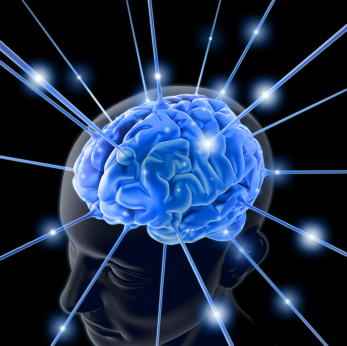Brain sensor movement
Stevie Smith

Brain sensors could lead to real-world bionic movement
While it remains to be seen whether the potential benefits will come with a $6 million dollar price tag, a group of engineers in the UK have contributed to the development of a micro technology that could well enable amputees to move artificial limbs through the power of their brains.
Labelled as something of a "bionic" solution to crippling problems, the micro-needle sensor array technology has been manufactured by Cardiff University's MicroBridge Services and is around the size of a matchstick head, reports the BBC.
Each of the sensor array's 100 needles, which have been crafted from conduction-friendly tungsten carbide and are as thick as a human hair, penetrate the brain's surface, picking up electrical activity and nerve impulses before then amplifying and delivering that vital information to waiting prosthetic attachments.
MicroBridge Services has produced the ambitious sensor array technology as part of a creative partnership with researchers based at Utah University, which is largely viewed as being at the forefront of the technology's development and has already recorded successes with regard to manipulation by implant.
Of course, establishing an effective transitional bridge between brain, sensor and artificial limbs will require that patients learn how to correctly channel their mental activity. However, Dr. Robert Hoyle of MicroBridge Services has said that existing tests have already revealed positive results.
"The more needles you can get on a sensor in the smallest possible area, the better control a patient will get over his or her prosthetic limb," added Dr. Hoyle. "The challenge for us now is to make the needles smaller so that we can pack more onto a sensor."
According to Dr. Hoyle, the team's ultimate vision would be to successfully create a spinal array crammed with enough sensor needles that it would deliver nerve impulses for those people crippled by back or neck injuries.
by Stevie Smith